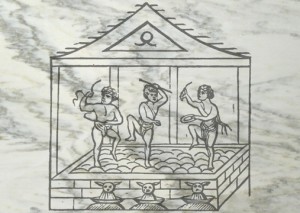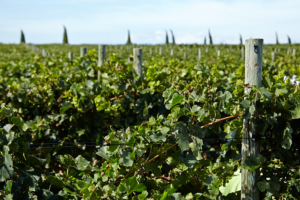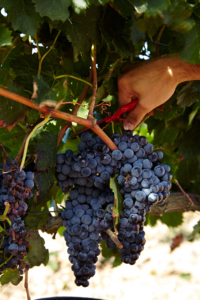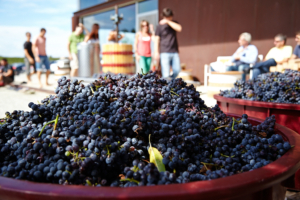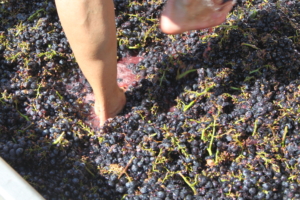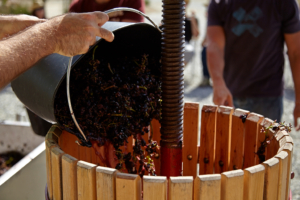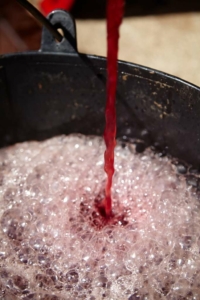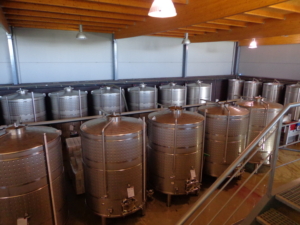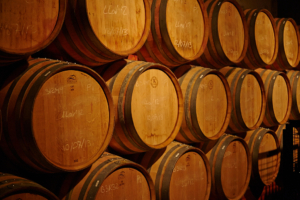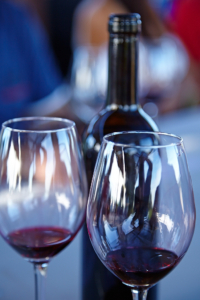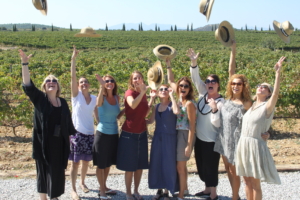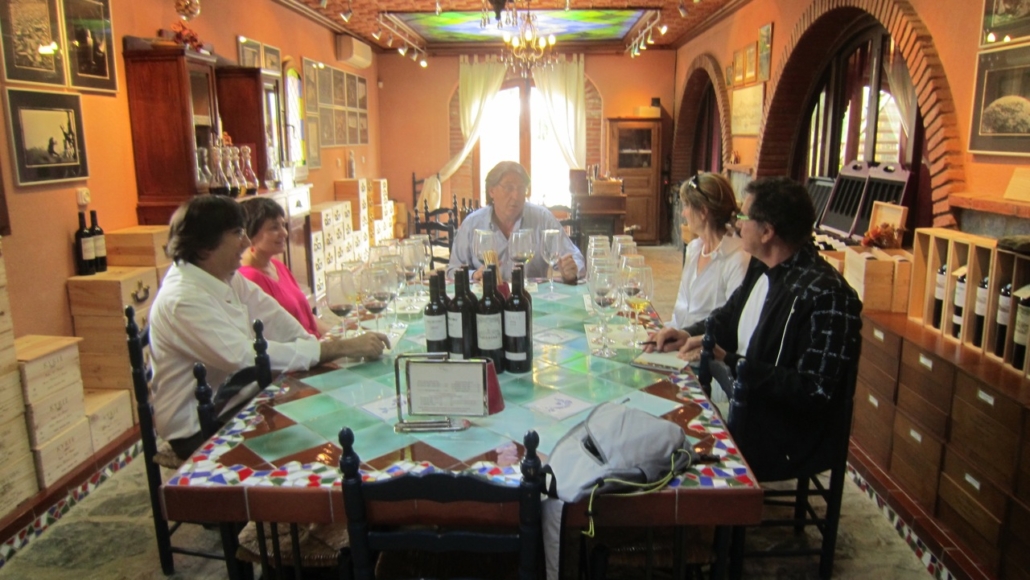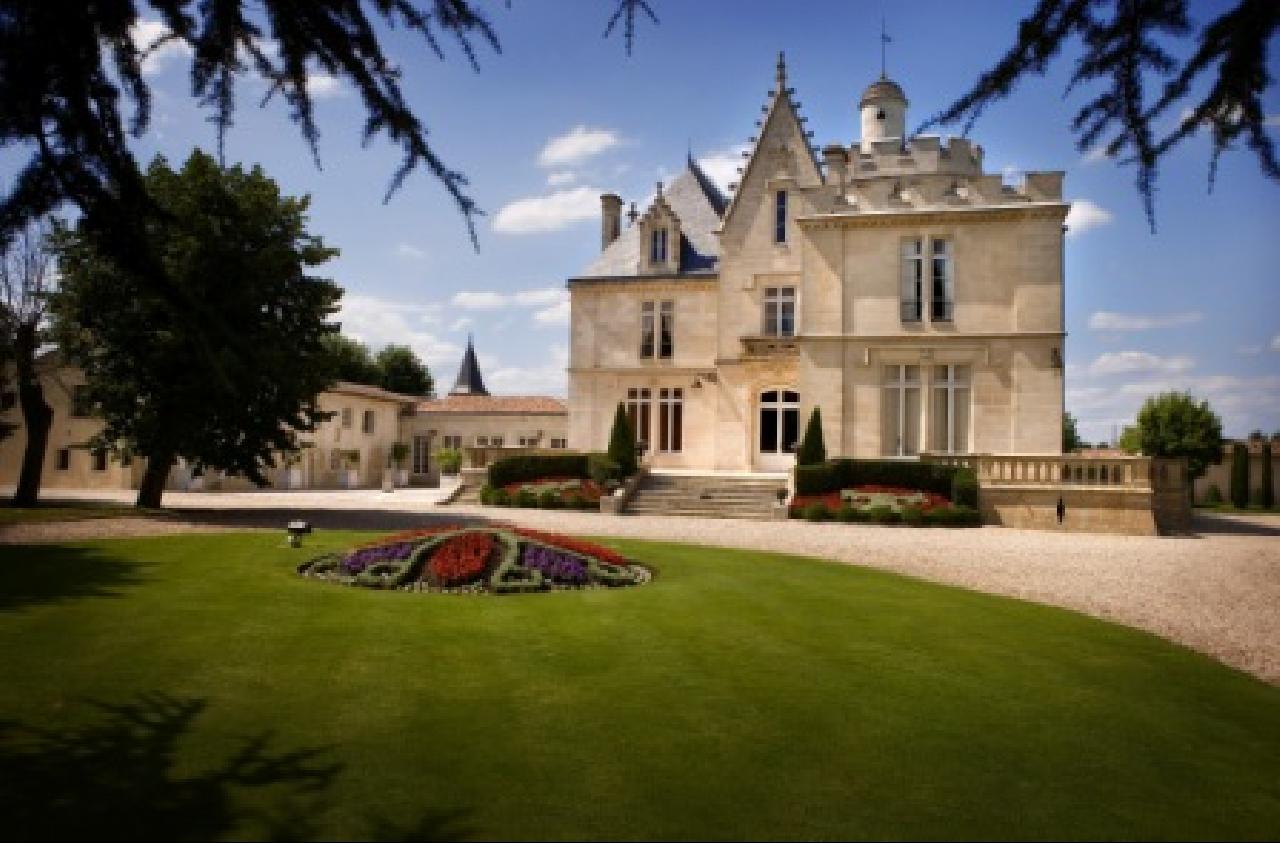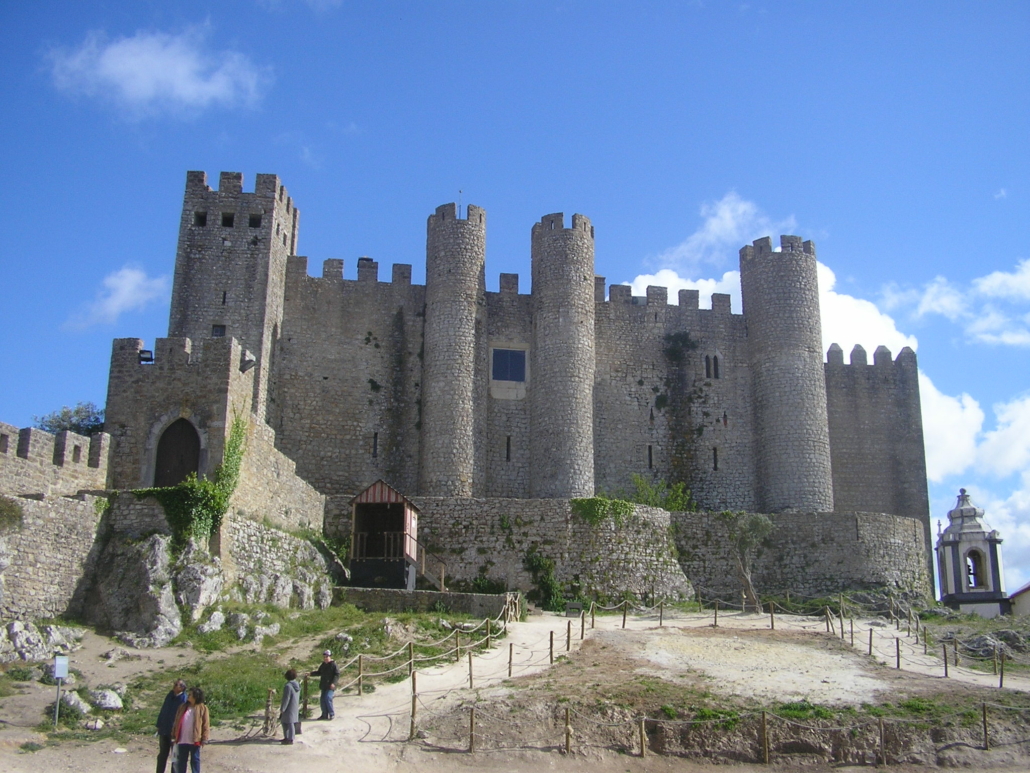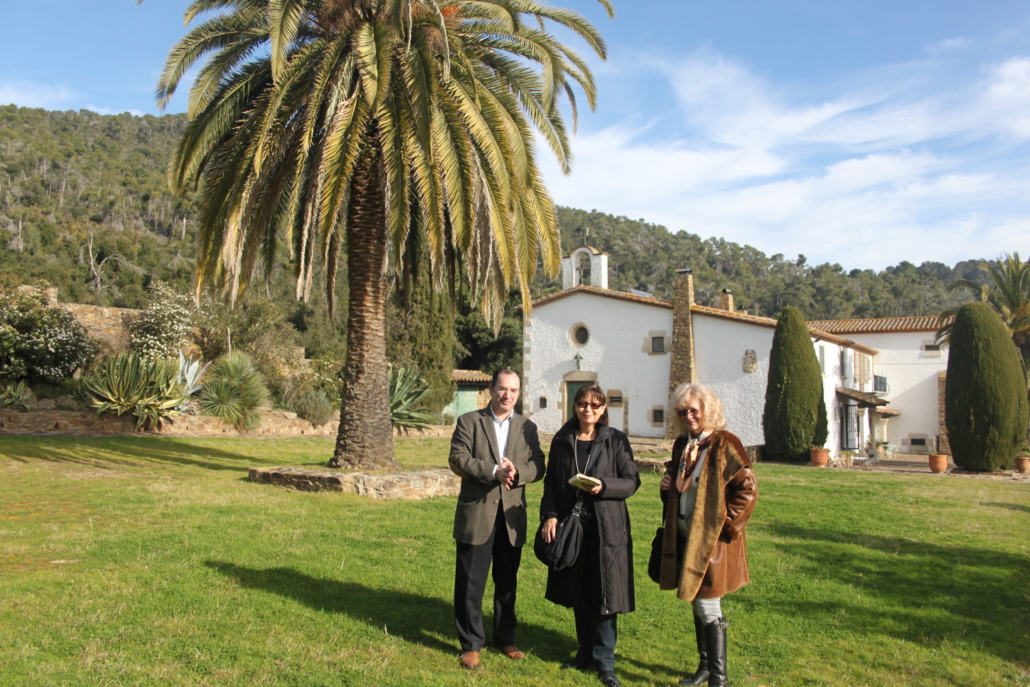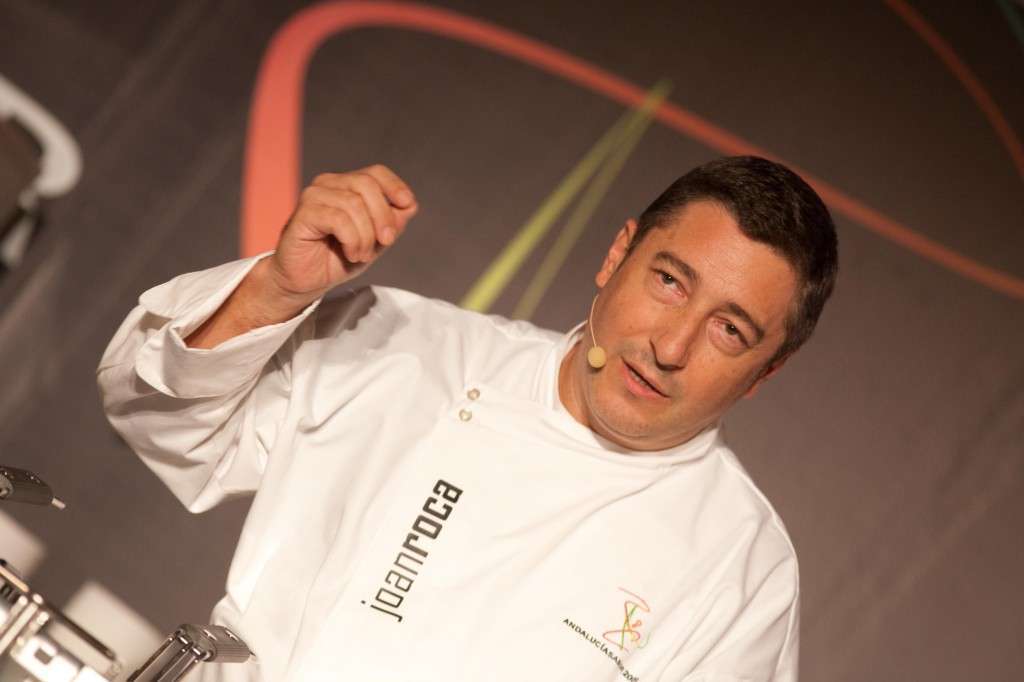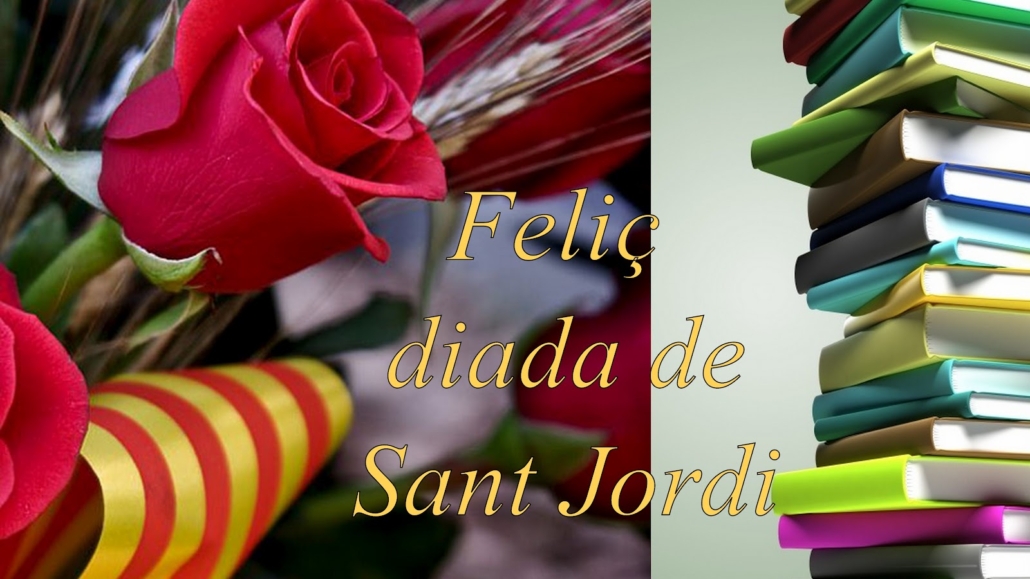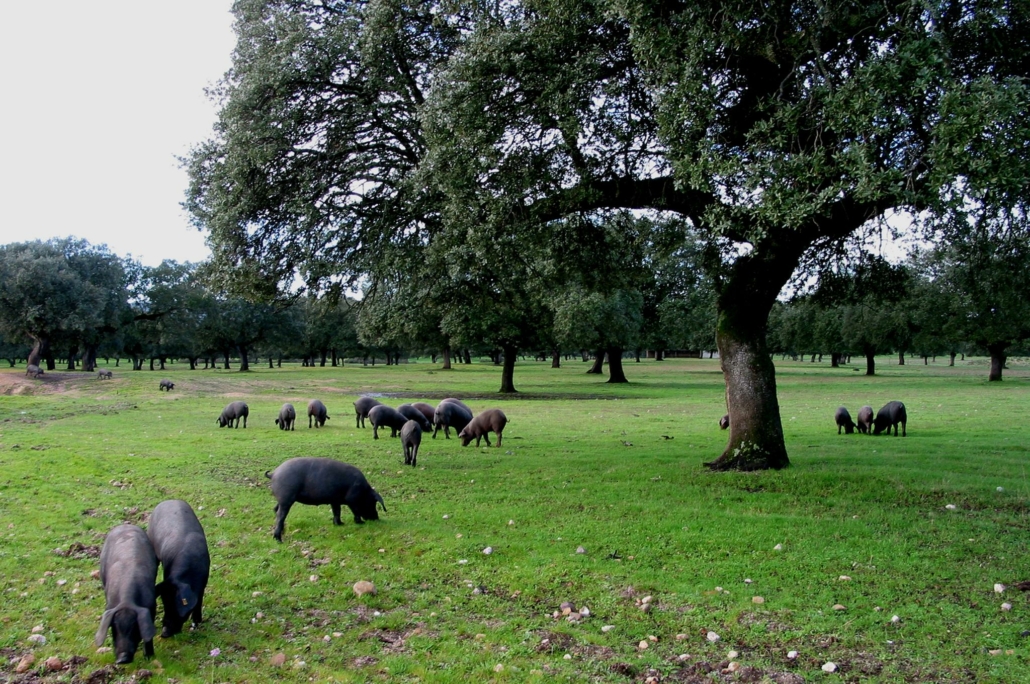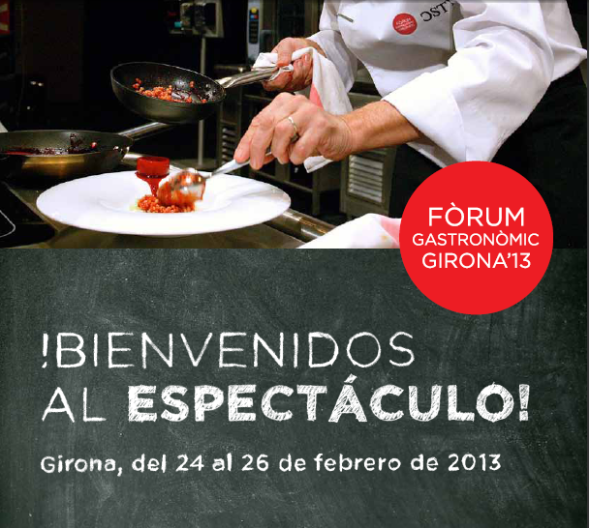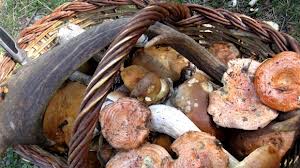
The mushroom hunting season in Spain is once again upon us and Autumn with all its glory and reddened leaves brings with it too the rain and dew necessary for wild mushrooms to thrive and grow. The tradition of gathering mushrooms is deeply rooted in Spain but it is here in Catalonia and in the Basque country that mushroom picking is at its most popular. On our Mushroom Hunting Getaway Tour you can experience this fantastic tradition first hand with an expert who will have you foraging in the forest. In our region, the mushrooms’ greatest fans revel in hunting, recognition and consumption of the species.
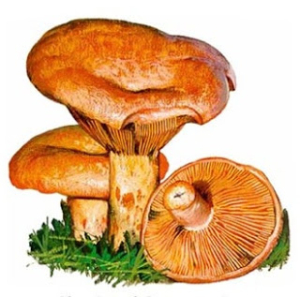
Maybe the clue is in the scientific name “Lactarius Deliciosus” that this wild mushroom is edible.
It is worth noting that, in Spain, the boletus edulis mushroom, commonly known as Porcini, has made a huge comeback in recent years and is one of the most hunted of the mushroom species. The most common to be spotted, however, are the Rovellón or Níscalo mushrooms. In the kitchen, very often roasted or stewed, Rovellons can also be served to guarnish a meat dish or stew. Mushrooms are the most important ingredients for the preparation of many of our traditional Spanish dishes; in some they are the main, or even the only, ingredient. What could be better than a dish of freshly picked wild mushrooms, gently but rapidly cooked in a combination of Virgin Olive Oil, Butter, Garlic and Parsley, which needs nothing more than a hunk of fresh bread and a glass of good wine?
But the interest in mushroom hunting is not merely limited to culinary or commercial reasons. 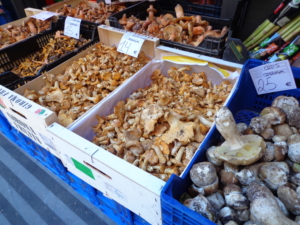 Equally important, if not more so, are the leisure or sporting aspects which means that, when the autumn rains come, large numbers of people, families and friends, go into the forests to enjoy a pleasant walk while filling their baskets with mushrooms. Cars seem to be abandoned in unusual spots along the country roads but their owners will be foraging in the forest nearby.
Equally important, if not more so, are the leisure or sporting aspects which means that, when the autumn rains come, large numbers of people, families and friends, go into the forests to enjoy a pleasant walk while filling their baskets with mushrooms. Cars seem to be abandoned in unusual spots along the country roads but their owners will be foraging in the forest nearby.
Spanish mushroom hunters often keep their picking location secret in order to avoid less enthusiastic pickers from pillaging the area for monetary gain. Much like secret fishing spots, mushroom picking areas (which vary from season to season) are only shared with close friends or passed down by generations. As a matter of fact, in Spain, friendships are known to have been broken on account of picking spots being revealed by unreliable partners or a picker being spotted on a week day at a location disclosed to him by a senior picker. In order to understand what is considered appropriate etiquette one should know that an amateur picker will not become the primary hunter in an area he has recently been introduced to by a senior mushroom picker!
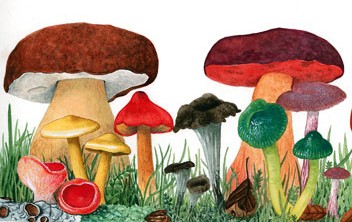
It’s not all about looking pretty, as not all the wild mushrooms you will find are edible. It is wise to go with an expert!
The mushrooms that grow in Spain do include unfortunately, toxic species, some very dangerous. Ignorance and confusion with edible species that have a similar appearance, means that each year, when the mushroom season arrives, there are cases of poisoning, some even fatal. Enjoy your mushroom hunting, but it is important you go with someone who really “knows their mushrooms”!
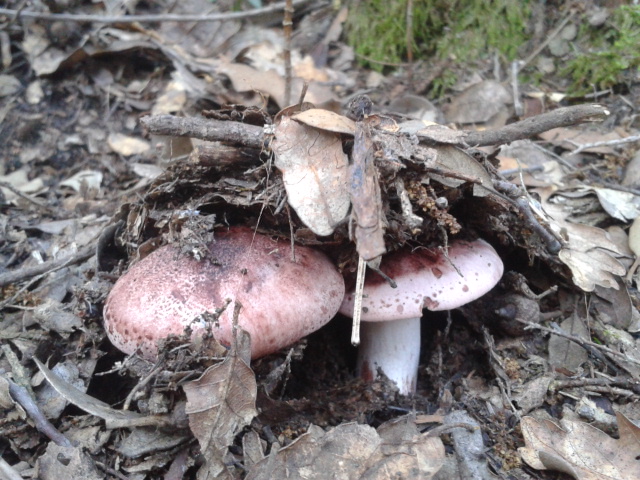
Peep Oh!!! Mushrooms are more than likely hidden under braken, fallen leaves, broken branches or even enveloped in moss
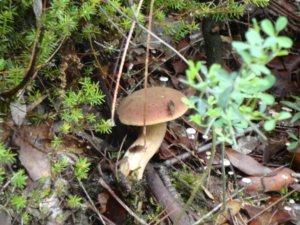
Sometimes easy to spot, mushrooms very often hide
Enjoy a unique and authentic Gourmand Breaks private mushroom hunting and picking experience with a local expert on our Mushroom Hunting Getaway Tour

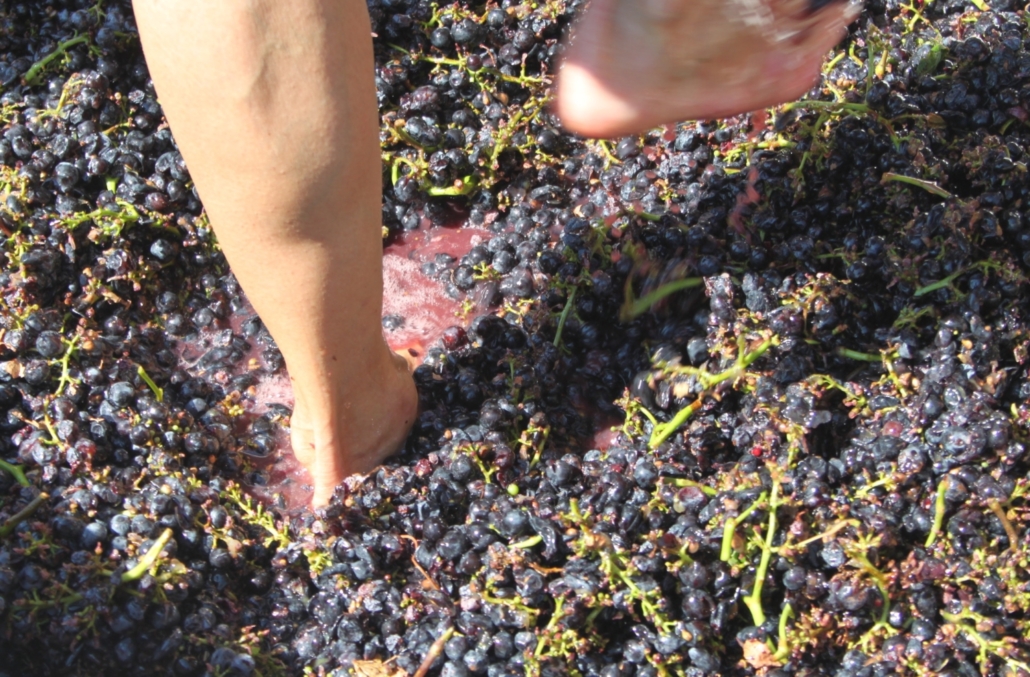
 en vats to release their juices and begin fermentation. However, to make certain types of wine, grapes are put through a crusher and then poured into open fermentation tanks.
en vats to release their juices and begin fermentation. However, to make certain types of wine, grapes are put through a crusher and then poured into open fermentation tanks.